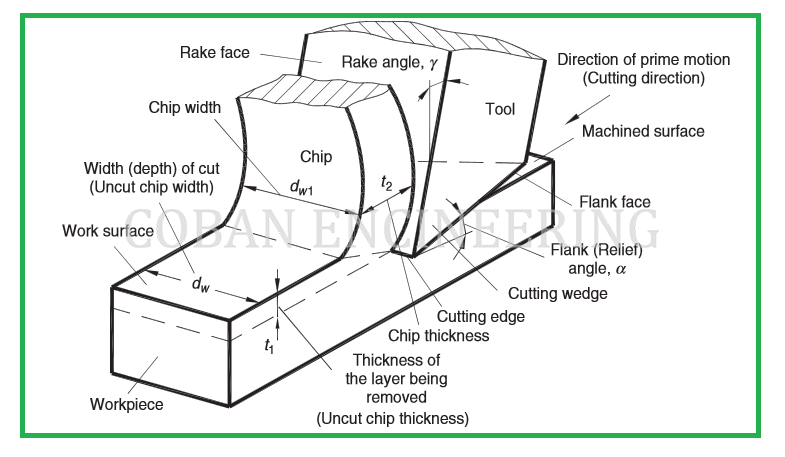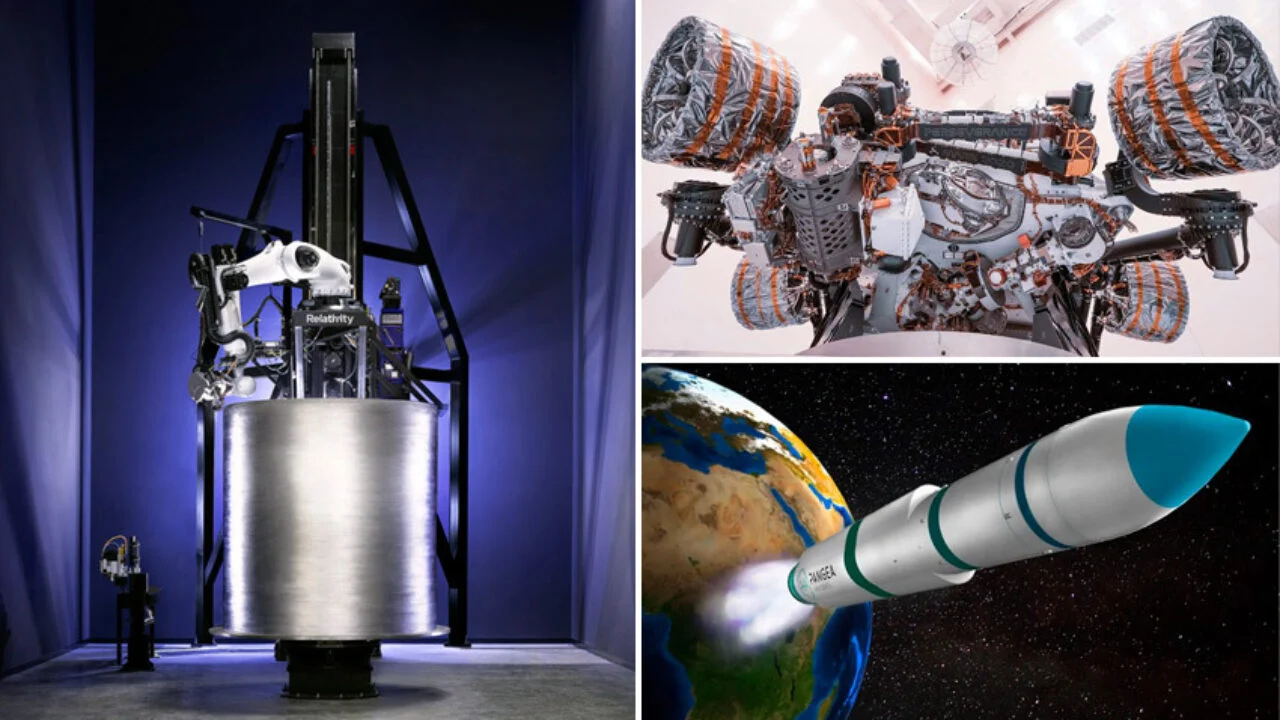In the realm of manufacturing, precision is paramount. From aerospace components to intricate medical devices, the demand for finely crafted parts drives the exploration and development of cutting-edge machining methods. As technology advances, so too does our ability to create complex geometries with unprecedented accuracy and efficiency. In this article, we delve into the fascinating world of modern machining techniques, uncovering the innovations that shape the machinery behind the scenes.
One of the most significant advancements in machining technology lies in the realm of computer numerical control (CNC) machining. Traditional manual machining processes have been largely replaced by CNC machining, where computer programs dictate the movements of cutting tools with unparalleled precision. This automation not only enhances accuracy but also boosts productivity, allowing for the rapid production of intricate components with minimal human intervention.
Another revolutionary technique making waves in the manufacturing industry is additive manufacturing, more commonly known as 3D printing. Unlike traditional subtractive methods, which involve cutting away material from a solid block, additive manufacturing builds objects layer by layer from digital designs. This approach enables the creation of complex shapes that would be impossible or highly impractical to achieve with conventional machining methods. From prototyping to end-use production, 3D printing offers unparalleled design freedom and customization.
Among the arsenal of machining tools, electrical discharge machining (EDM) stands out for its ability to shape electrically conductive materials with exceptional precision. By subjecting the workpiece to a series of electrical discharges, EDM erodes material with pinpoint accuracy, allowing for the creation of intricate features and fine surface finishes. This method is particularly well-suited for hardened materials such as tool steels and titanium alloys, where conventional cutting tools may struggle to maintain dimensional accuracy.
In the pursuit of ultra-high precision, the field of nanotechnology has introduced novel machining techniques capable of manipulating materials at the atomic scale. Nanomachining utilizes advanced tools such as atomic force microscopes and electron beam lithography to carve out structures with nanometer-level precision. While still in its infancy, nanomachining holds immense potential for applications ranging from semiconductor fabrication to biomedical engineering, where precise control over material properties is paramount.
In the realm of grinding, the cylindrical grinder stands as a cornerstone of precision machining. This versatile machine employs a rotating abrasive wheel to shape cylindrical workpieces with tight tolerances and excellent surface finishes. From shafts to bearing races, the cylindrical grinder excels at producing components with cylindrical or tapered geometries, making it indispensable in industries such as automotive manufacturing and aerospace engineering. With advancements in automation and grinding wheel technology, modern cylindrical grinders offer enhanced efficiency and accuracy, paving the way for ever-more intricate designs.
As manufacturing processes continue to evolve, so too does the demand for advanced materials with tailored properties. This has spurred the development of specialized machining methods geared towards exotic materials such as carbon fiber composites and superalloys. Abrasive waterjet machining, for instance, harnesses the power of high-pressure water mixed with abrasive particles to precisely cut through hard materials without generating heat-affected zones or mechanical stresses. Similarly, laser machining utilizes focused laser beams to vaporize or melt material, offering unmatched precision and versatility in materials processing.
The integration of artificial intelligence (AI) and machine learning has further revolutionized the field of machining, enabling predictive maintenance and adaptive machining strategies. By analyzing vast amounts of data from sensors and machining parameters, AI algorithms can optimize cutting conditions in real-time, minimizing tool wear and maximizing productivity. This paradigm shift towards smart machining promises to usher in a new era of autonomous manufacturing, where machines continuously learn and adapt to their environment, driving efficiencies and pushing the boundaries of what’s possible.
In conclusion, the landscape of machining methods is undergoing rapid transformation, fueled by advancements in technology and driven by the quest for precision and efficiency. From CNC machining to additive manufacturing, from nanomachining to AI-driven automation, each innovation brings us closer to the realization of complex designs and novel materials. As we peer behind the scenes of modern manufacturing, we glimpse a future where the boundaries of what can be created are limited only by the bounds of our imagination.




